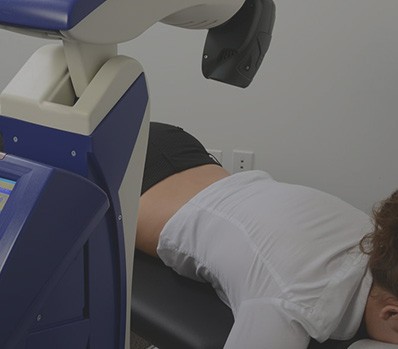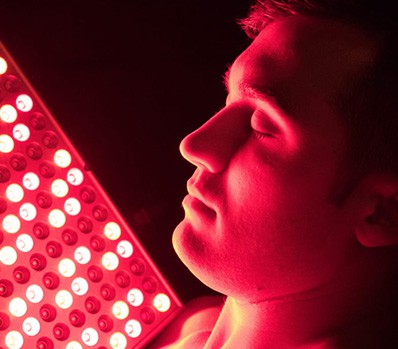Most knee injuries involve damage to cartilage, the flexible tissue that keeps the bones from rubbing together as a joint bends, or to the ligaments that stabilize the joint by preventing sideways movement and buckling. Anterior cruciate ligament (ACL) injury is the most serious knee injury, as it involves damage to the surface cartilage.
Because of the location of articular cartilage, torn pieces can end up “floating” in the knee, damaging other structures and sometimes causing a locking of the joint. An ACL injury generates acute pain and chronic knee instability. Patients typically have a sensation that the knee is buckling or giving way.
This instability resulting from an ACL injury makes further knee cartilage injuries more likely. To repair an ACL tear, a new ligament typically must be constructed to replace the damaged one.
Causes and Evaluation
The ACL runs from the thigh bone to the shin bone, and plays a key role in keeping your knee joint stable. It can handle a lot, but it is susceptible to injury from movement that involves sudden stops, changes in direction, pivoting, jumping and improper landing — motions that are typical of sports such as soccer, football, basketball, gymnastics and skiing. Direct trauma, such as with a football tackle, can also severely injure this important ligament.
When ACL damage occurs, there is usually a partial or complete tear of the tissue. You may feel or hear a “pop,” as the knee becomes unstable and unable to bear weight without significant pain. Swelling and loss of range of motion happen quickly.
An MRI is an invaluable tool in gauging the extent of the rupture. Based on the result, Dr. Nitz may recommend rehabilitation and possibly bracing for sedentary individuals, or reconstruction with a graft for younger, active patients. A mild injury may stretch but not tear the ligament. In this case, resting the knee and beginning a course of physical therapy are advised for most patients. However, an ACL tear requires a surgical solution, as torn ligaments will rarely heal on their own.
Ignoring a tear is not a wise option. Pain and inconvenience will only worsen over time, and the chance that a sufferer will develop osteoarthritis in the joint increases dramatically. Symptoms of osteoarthritis may not appear for a decade or more, but at some point your lifestyle and comfort will be significantly impacted.
Arthroscopic Solution
Repair of the ligament can be done during an outpatient procedure using an arthroscope, a slender tube tipped with a tiny camera. Using this highly effective diagnostic and assistive surgical tool, Dr. Nitz is able to construct a replacement ligament.
After your arthroscopic surgery, your joint will require some time for healing and rehabilitation. Rehab occurs in stages, over a period of six to 12 months. Home exercises and a program of physical therapy will be important to a successful recovery. Early exercise can help preserve your range of motion, preventing a joint from becoming stiff as it heals. Dr. Nitz will tell you when it is appropriate to begin mild exercise, and when to start physical therapy.
If you would like to know more about ACL injuries, schedule a personal consultation with skilled Dayton, Ohio orthaepedic surgeon Dr. Paul A. Nitz by calling or emailing his office today.

